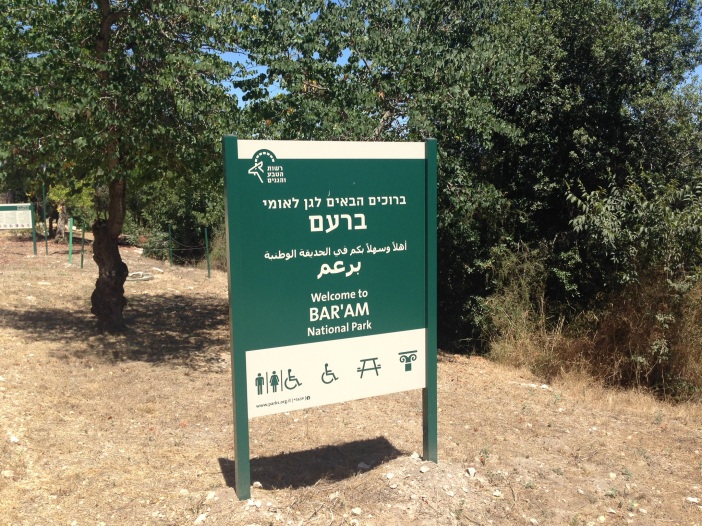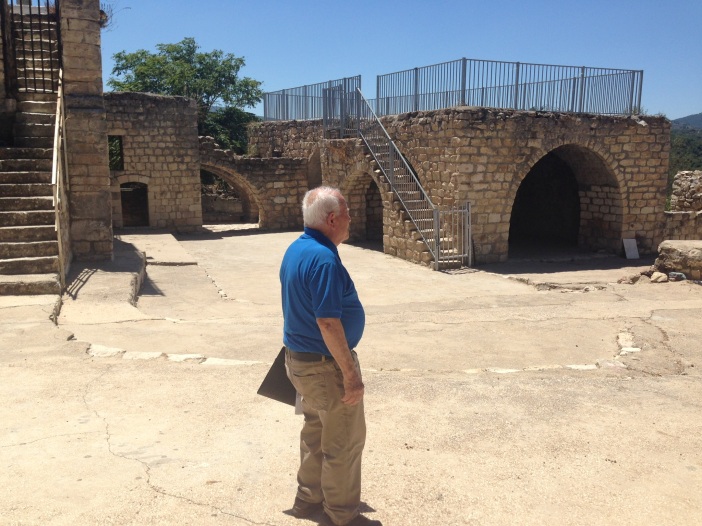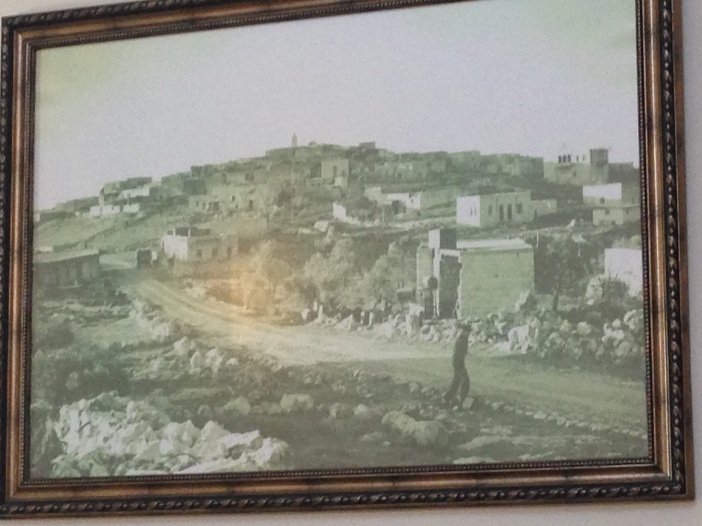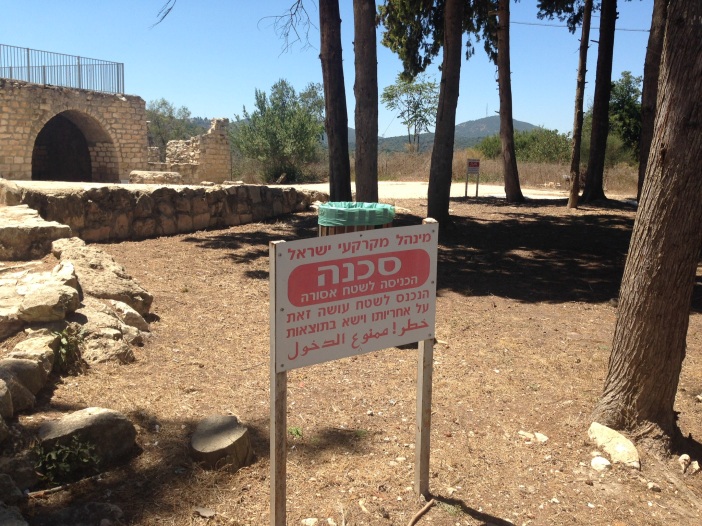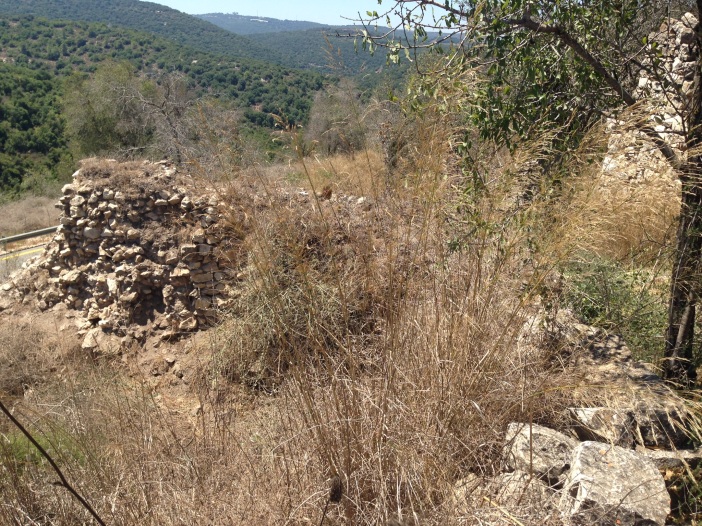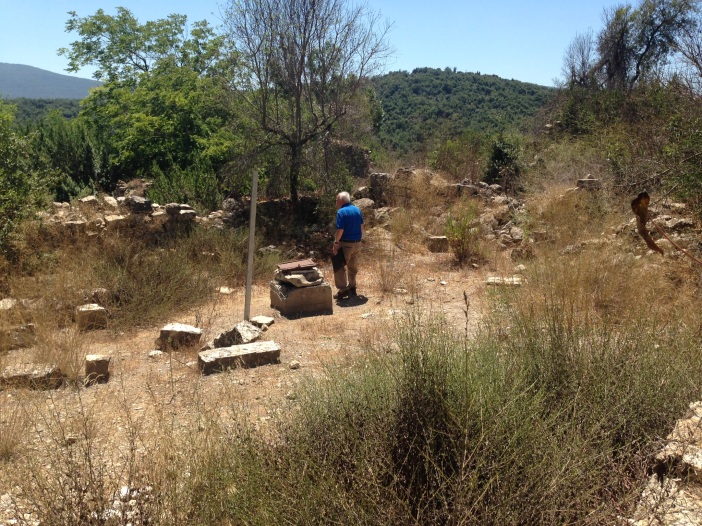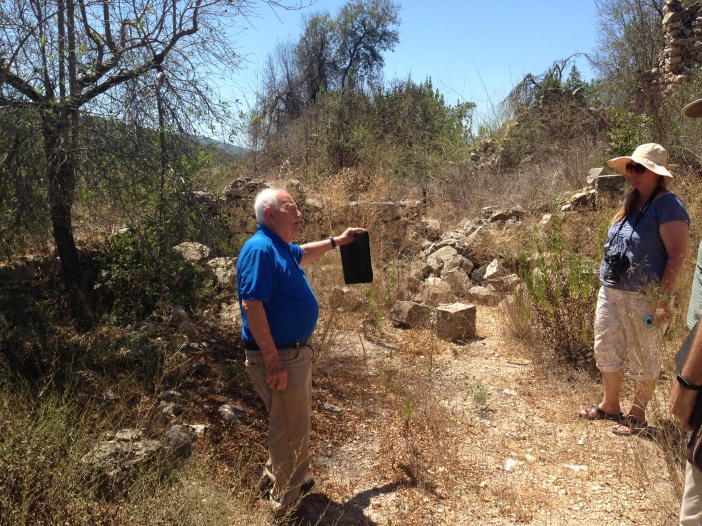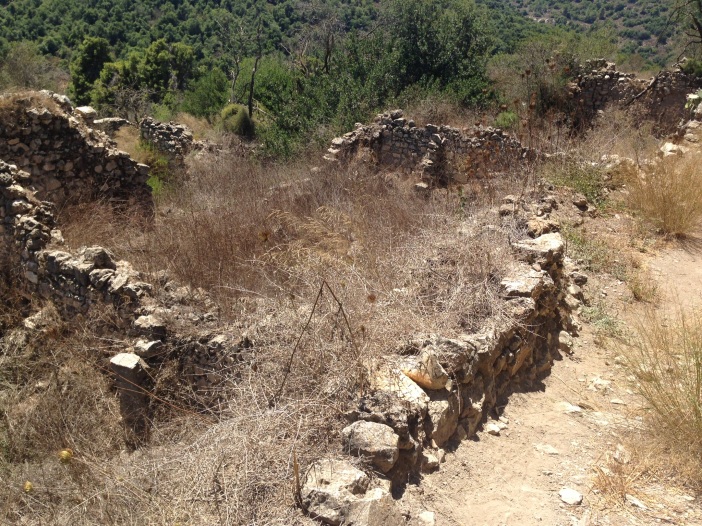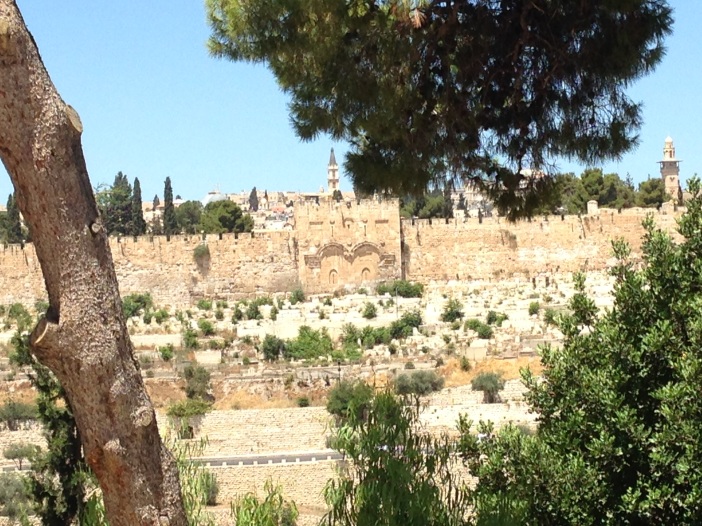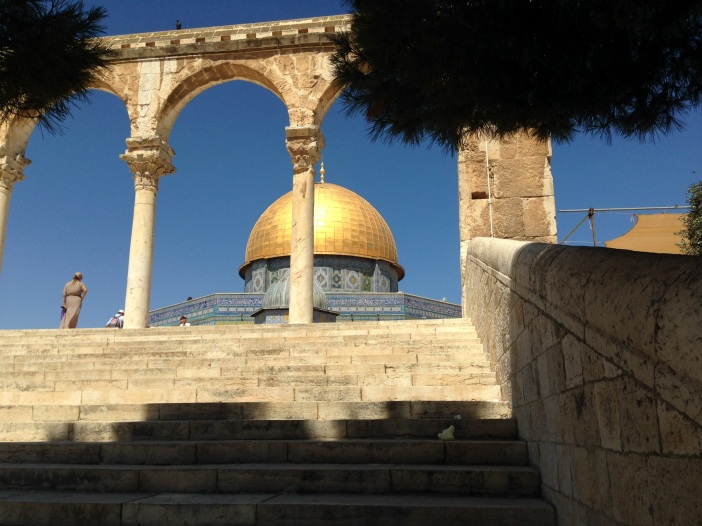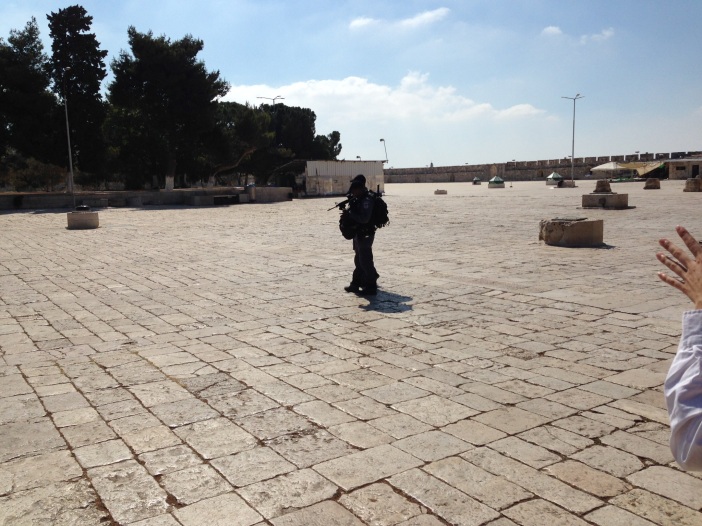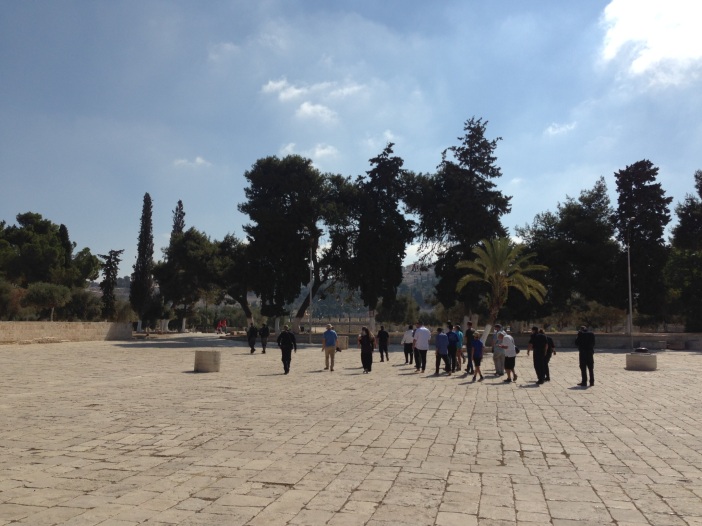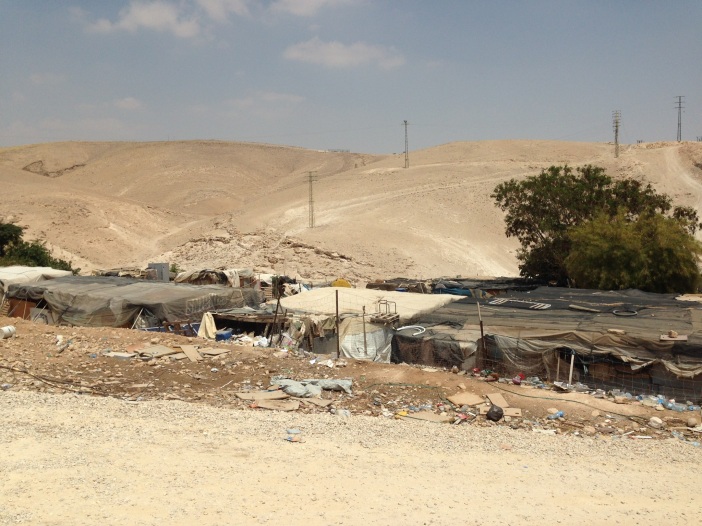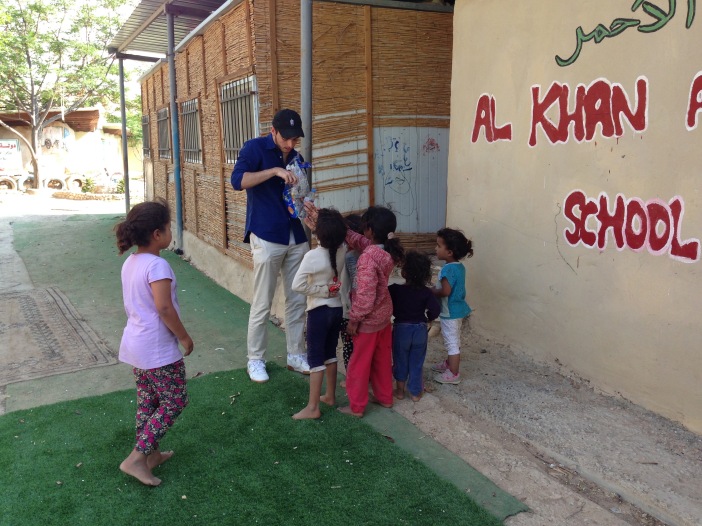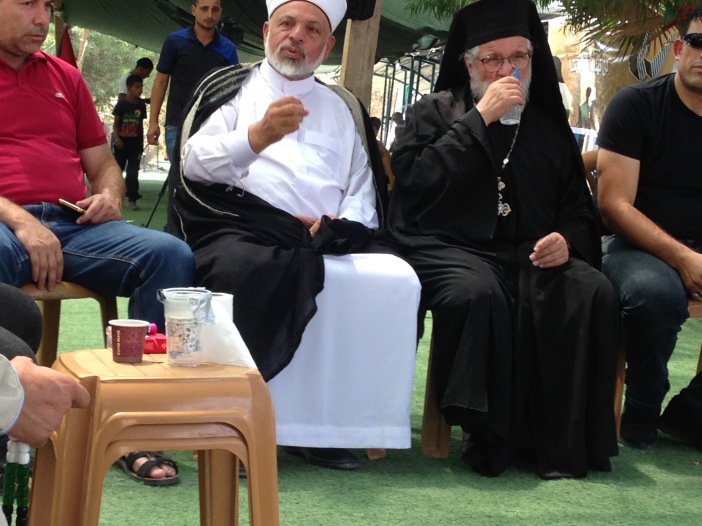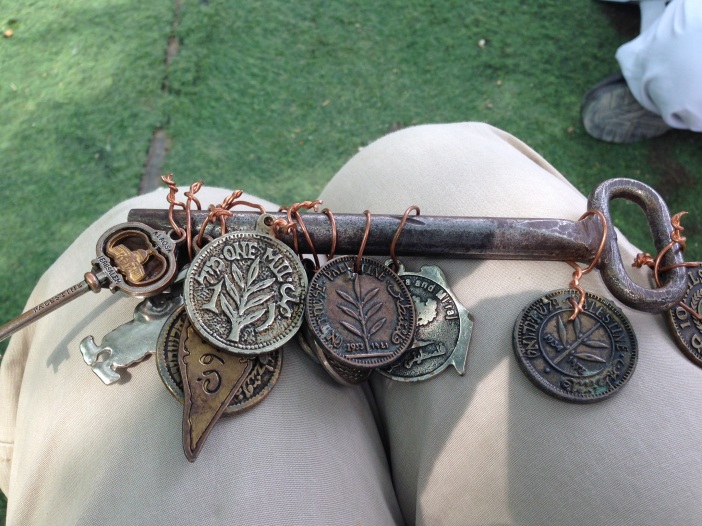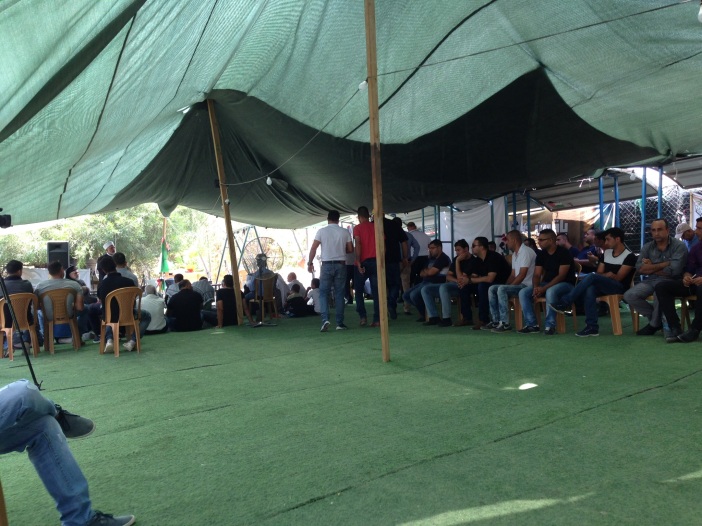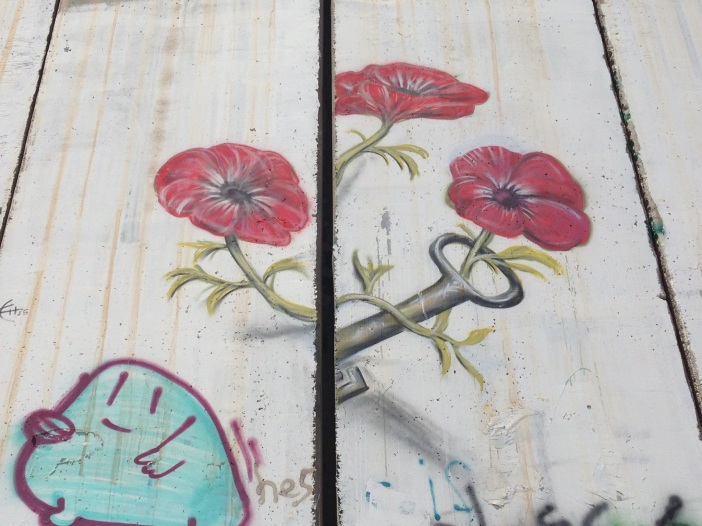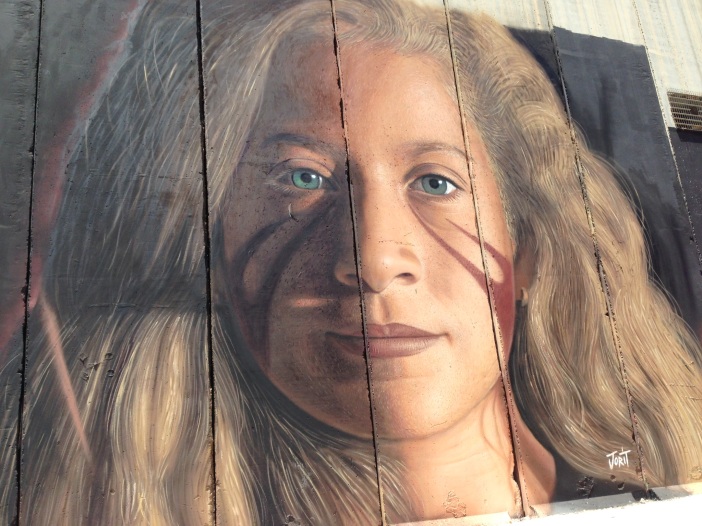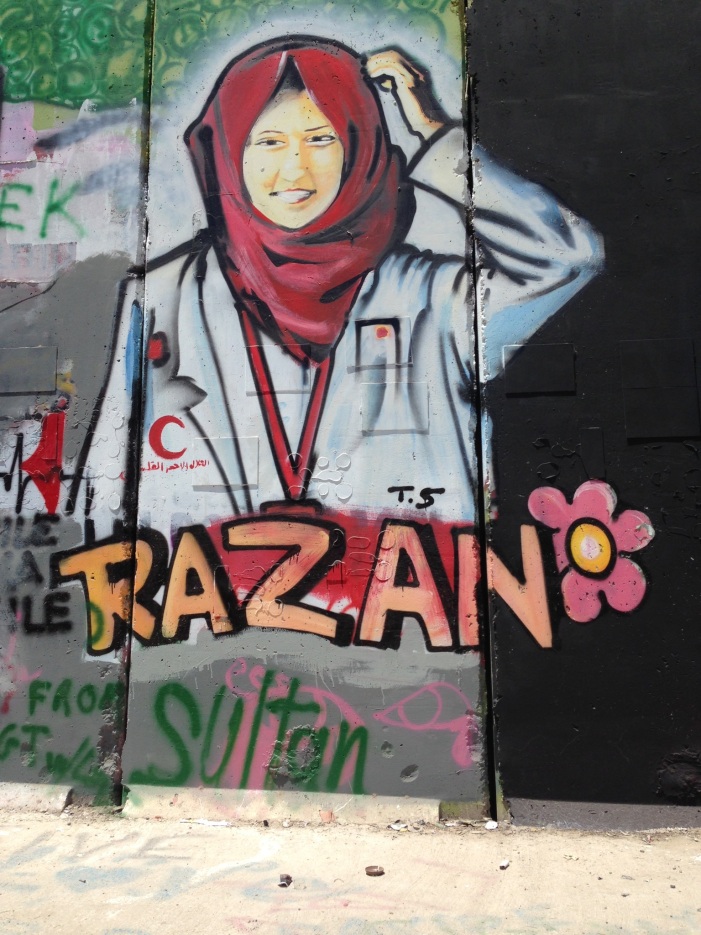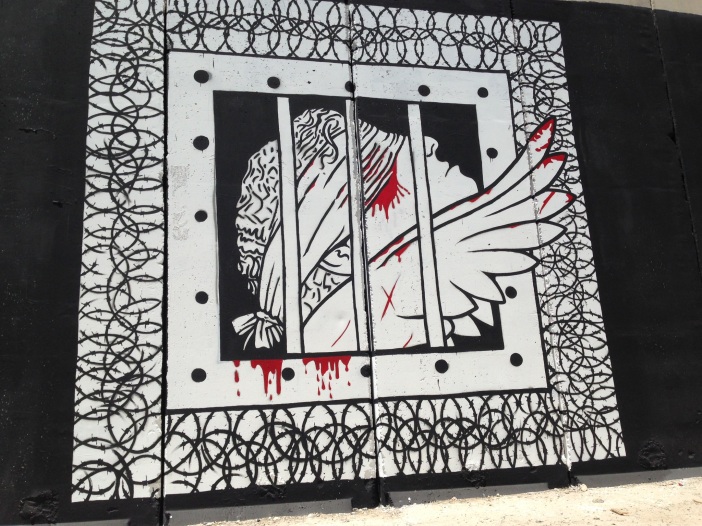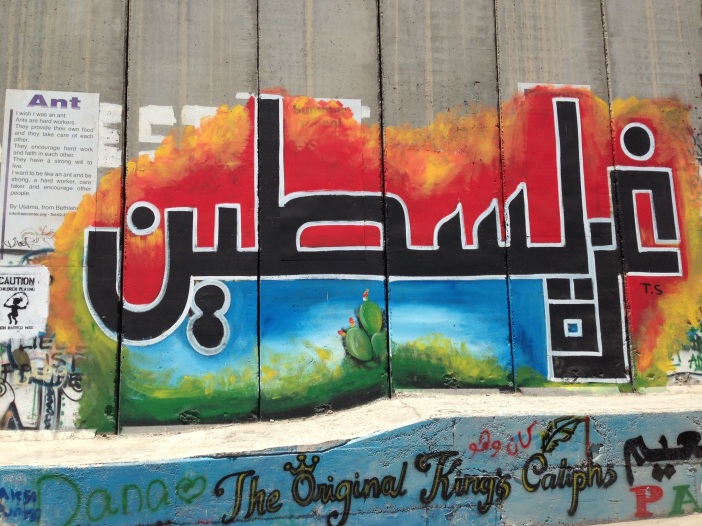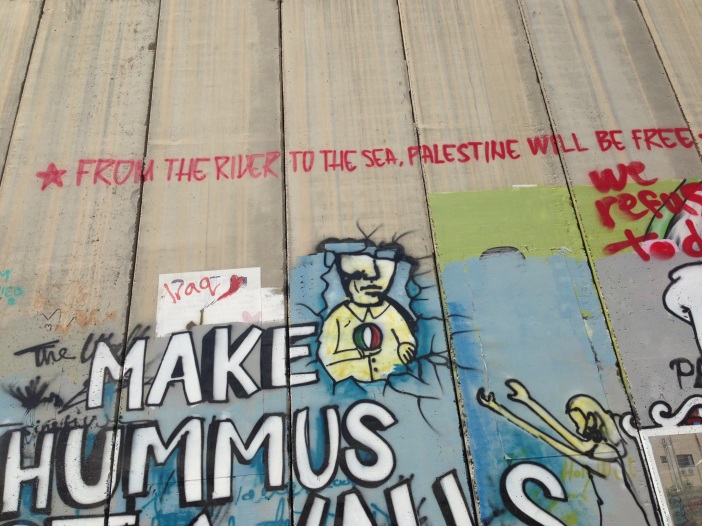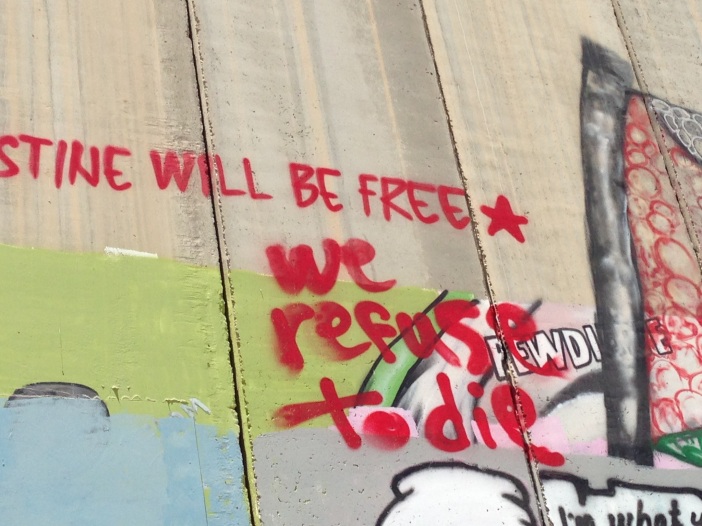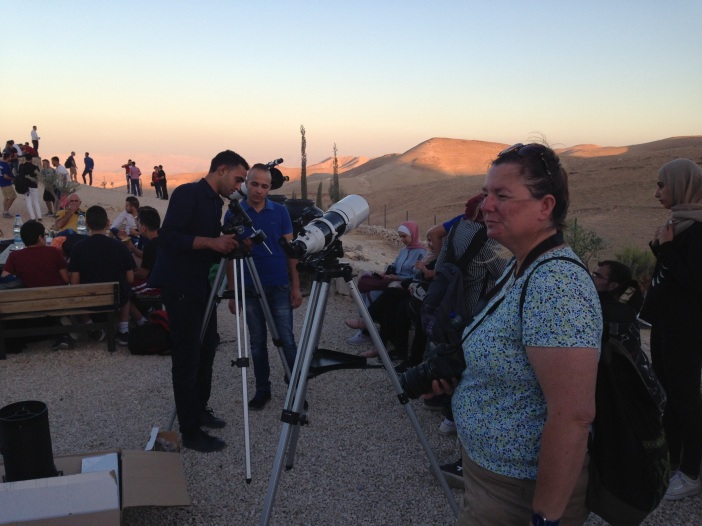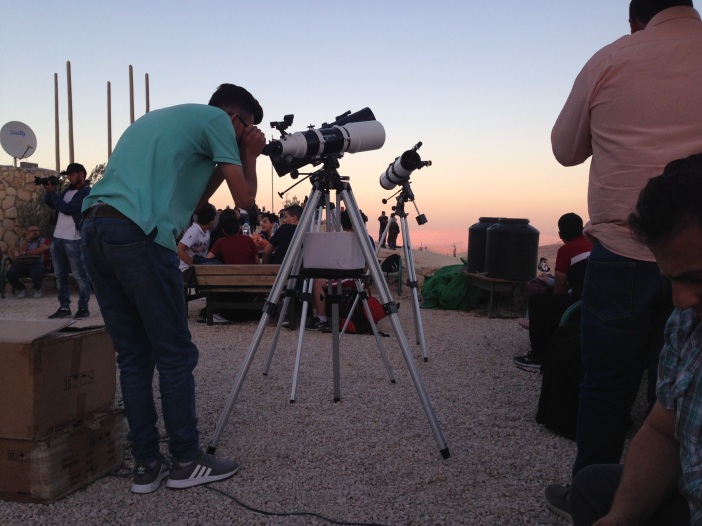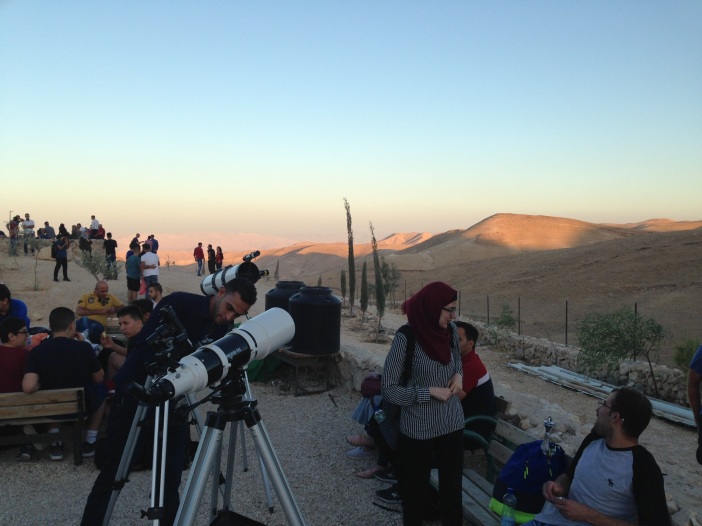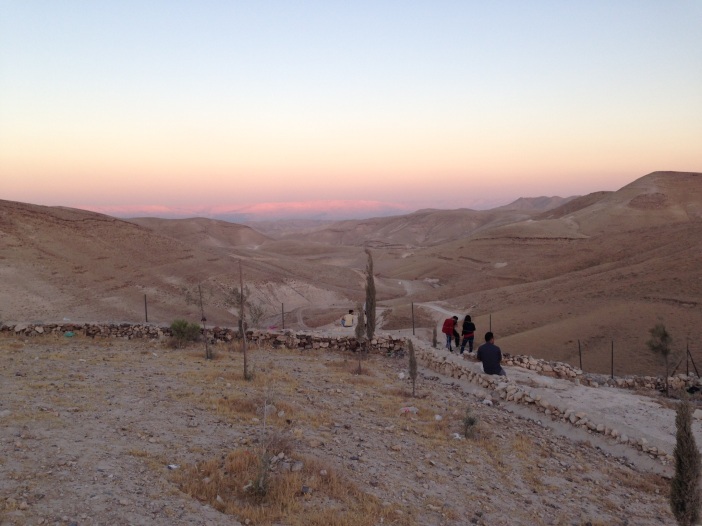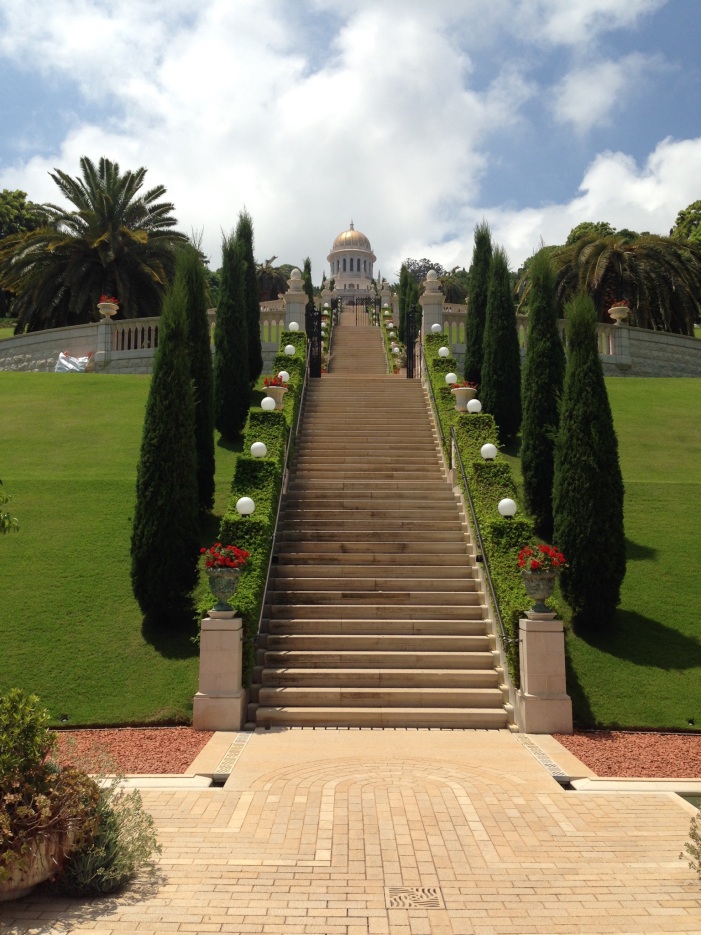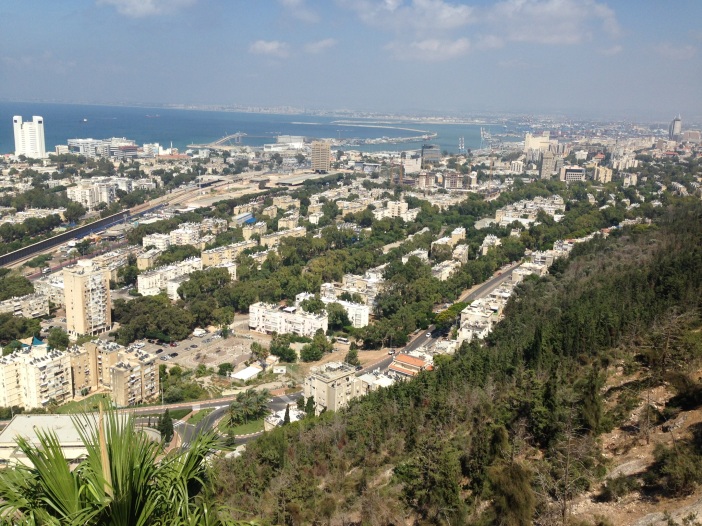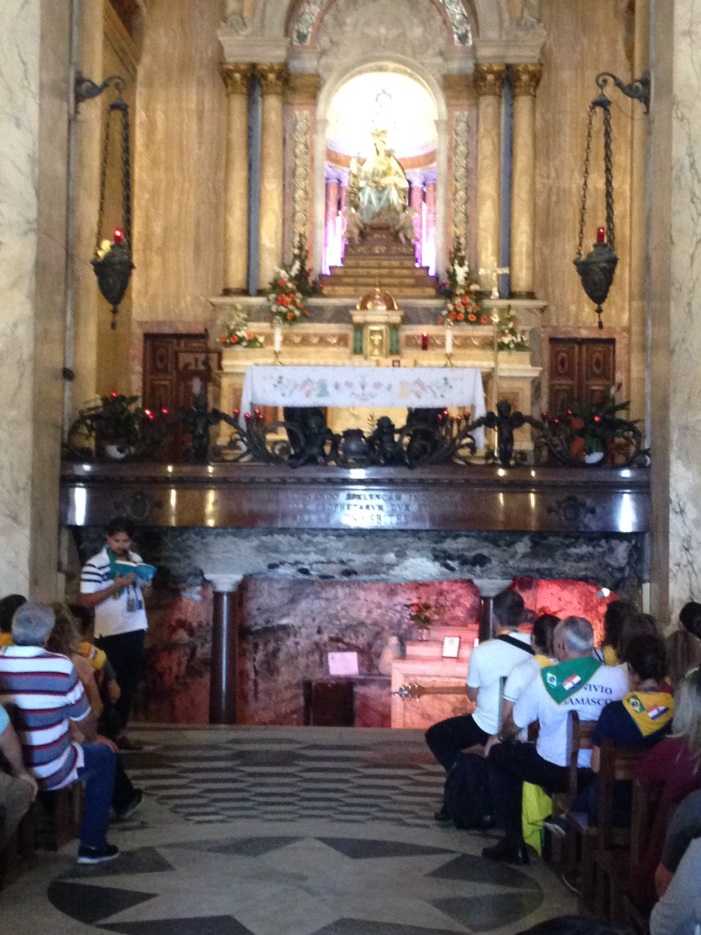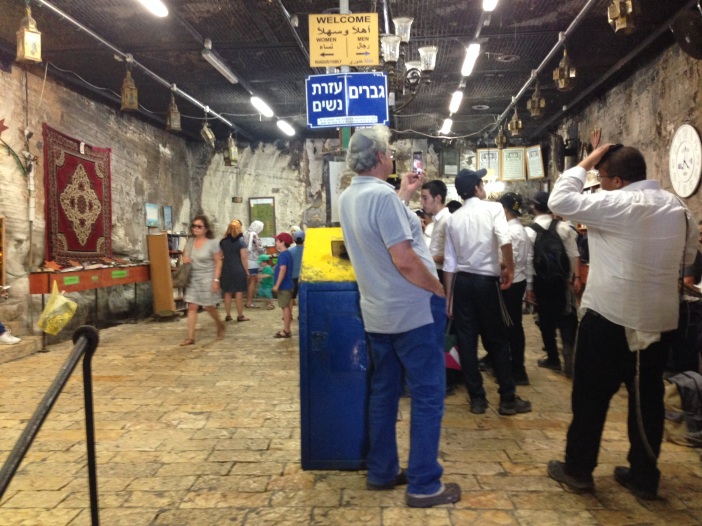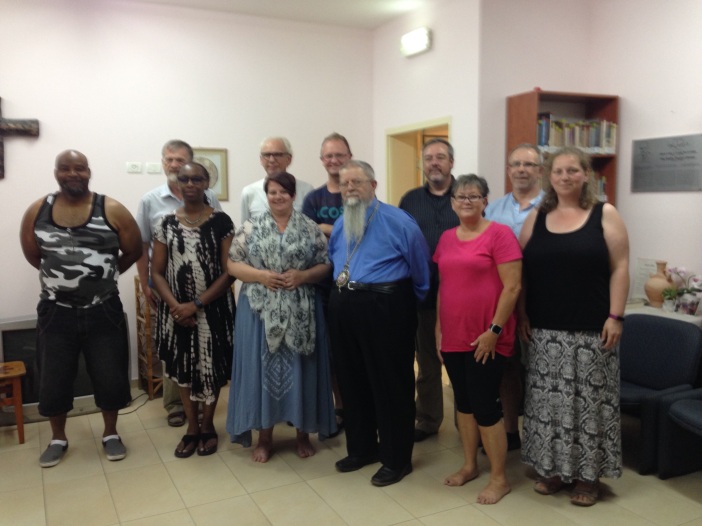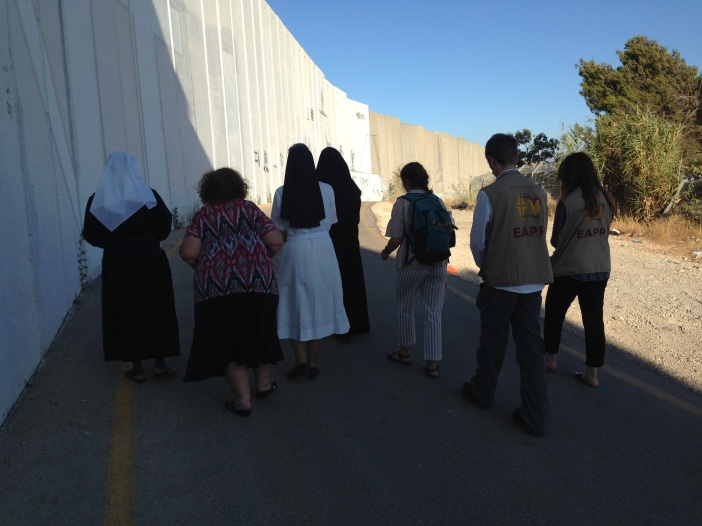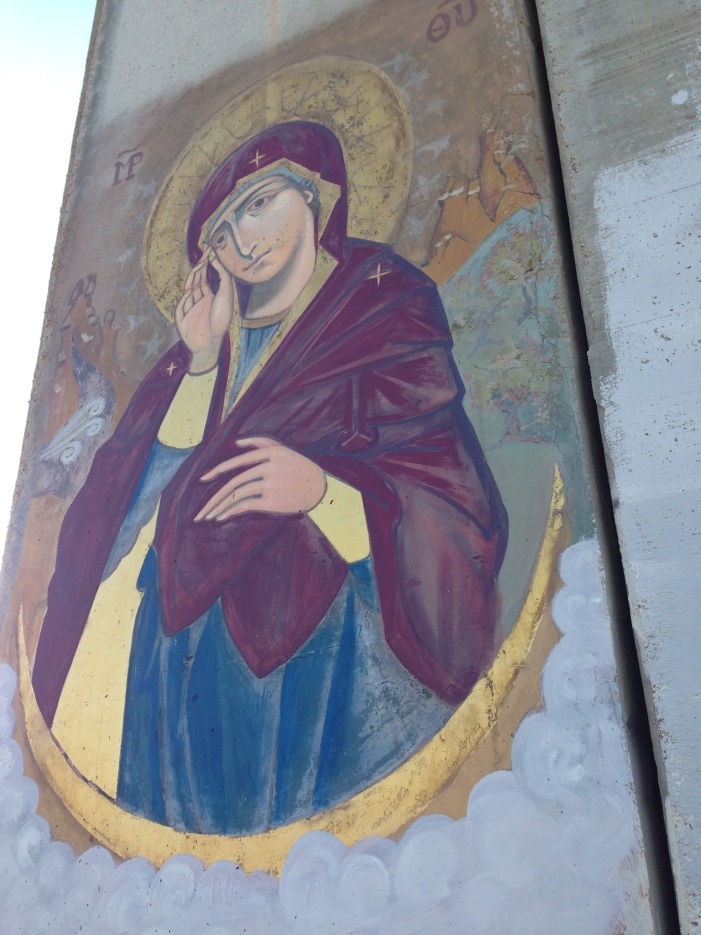No matter how long you have lived in the Holy Land there are always new things to discover. I had always taken the saying of Jesus “A City built on a hill can never be hidden,” as just a saying reflecting a truth. It seems that he might well have been thinking about a Roman City – built on a hill – situated just on the eastern side of the Sea of Galilee.
The city is one of the ten Cities of the Decapolis and called Hippus (also known as Sussita). It was built from the third century BC and lasted until the 8th century AD when it was destroyed by an earthquake 749.
I visited is recently and its an amazing site.
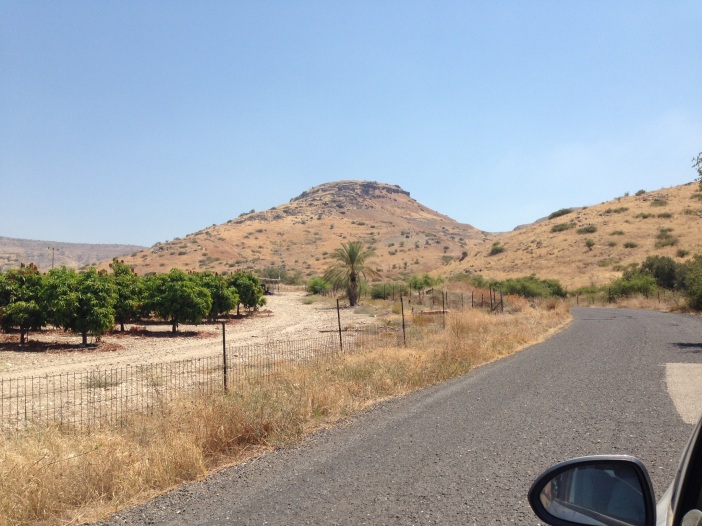
Though it is an Israel National Park, it isn’t easy to find as its not sign posted and the only road that goes there has signs saying “No admittance!” There is still a lot of archeology to do there, but it is clear that it was a wonderful site and a considerable city.
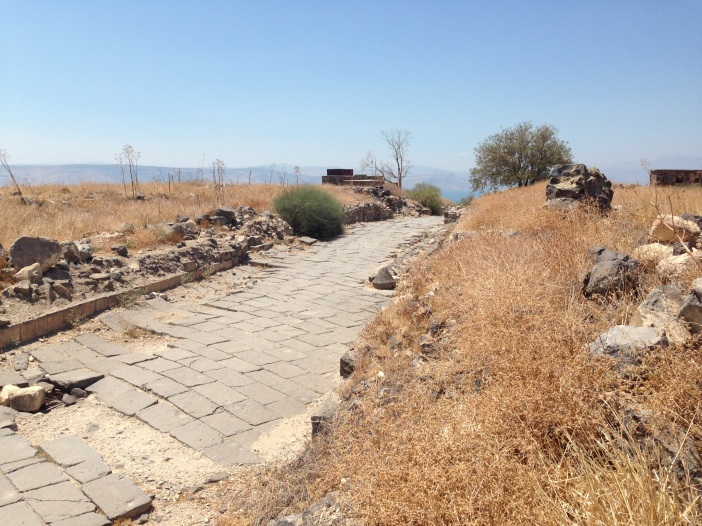
If you look at the site in the first photo above you may well ask the obvious question about how they coped with water on the site. There was an amazing water supply solution from a reservoir up high on what is now the Golan Heights, and a pressurised water system that carried water over the connecting spur to the hill site and up onto the location of the city itself. Some of the Roman water piping is still evident as in the picture below.
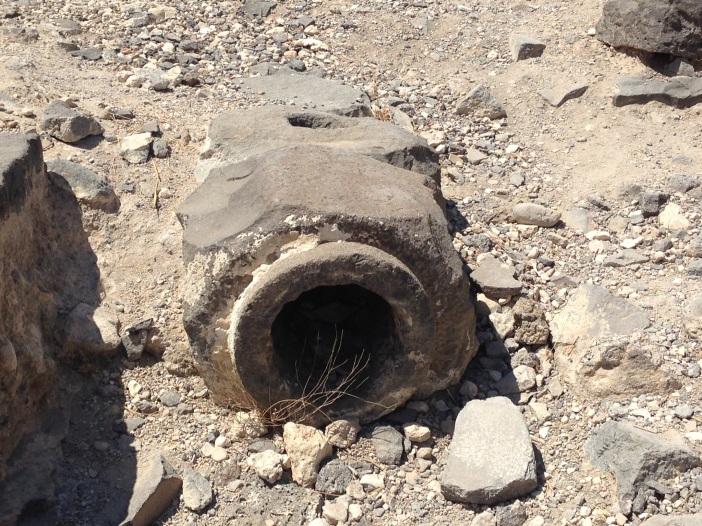
It is a spectacular site for a city, the views over the Sea of Galilee are just amazing.
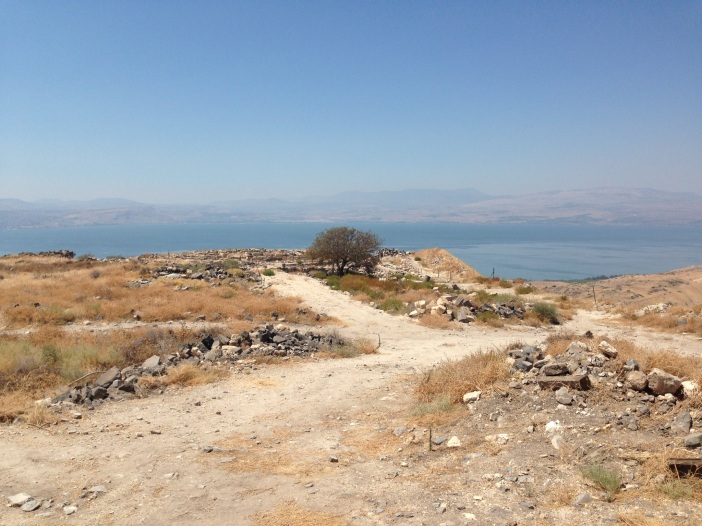
Remains of the once splendid city lie across the site crying out for detailed archaeological study, there is clearly much more to discover about the site. Pillars of once splendid buildings lie awaiting these studies.
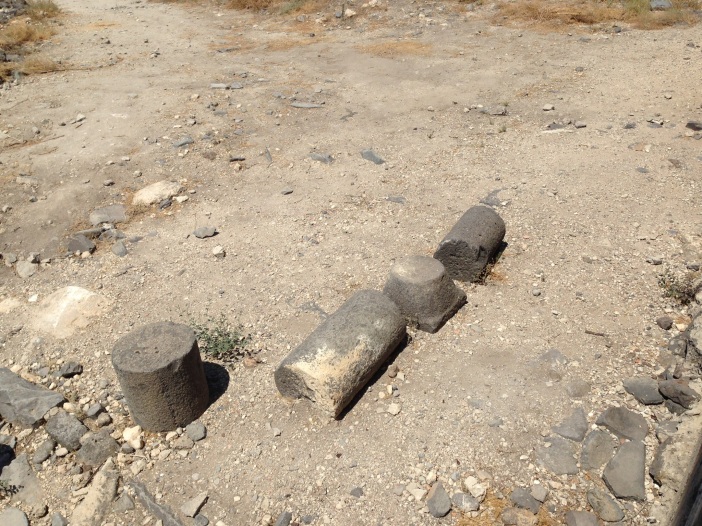
Coming back to reality of the site today its easy to forget the complexity of Israeli Politics, when you are four hundred metres up above the Sea of Galilee. The walk there and back reminds you however – as you are encouraged to keep to the path by signs that brook no argument!
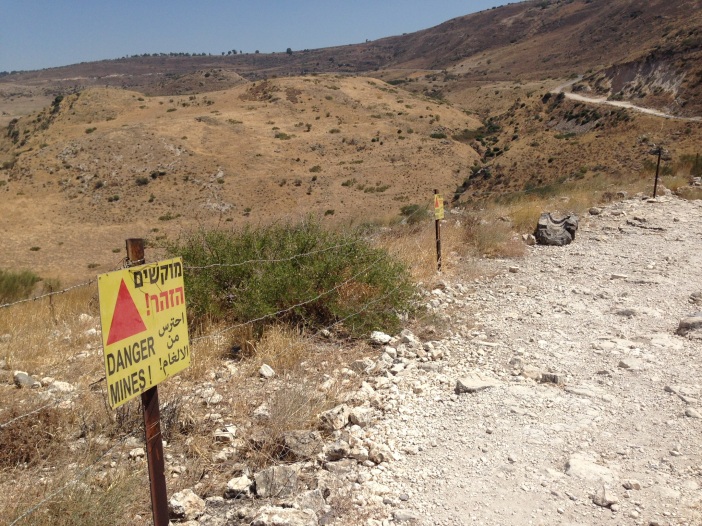
From 1948 till 1967 this site was a military base. Standing above the Israeli Kibutz of En Gev, it was the hostile frontier between Syria and Israel. Ex military buildings remain on the site as does a tunnel where soldiers could approach the well guarded gun emplacement that protected the site from the Syrian Army. Today the tunnel is home to bats – as I discovered when I explored it!!
Why is the site so little known and why isn’t it developed as a major tourist facility? There is very little Jewish history on the site, and the politics of Israel today mean that such sites are much lower in the priorities than others with a greater amount of Jewish History in them. One day though this is really going to be a major tourist site – though having visited it when quiet and indeveloped there is a part of me that would love to keep it as it is! The imagination runs wild at what lies under the soil. The beauty of the site alone stirs the imagination.
It was quite a visit!

